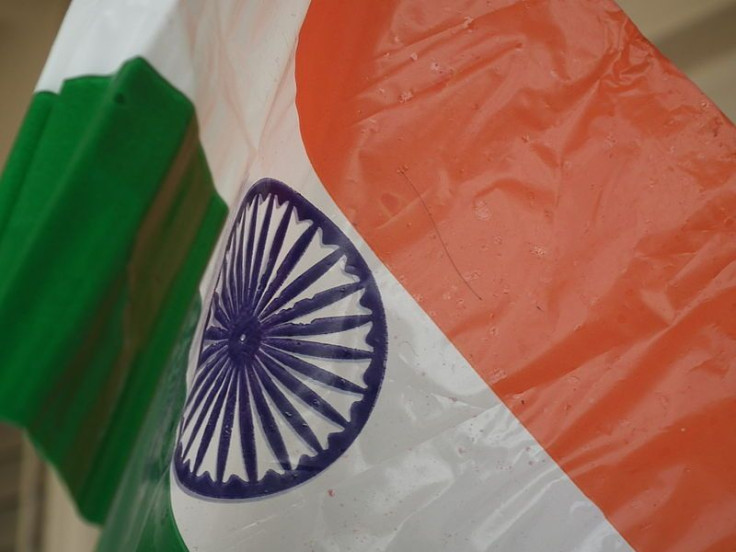Prices Of 348 Life-Saving Prescription Drugs To Plummet In India

The Indian Department of Pharmaceuticals announced the Price Control Order 2013, which would reduce the price of 384 essential drugs within the country. It is expected than many drugs on the list will go down between 30 and 60 percent on average, with the potential that some could go as low as 80 percent less.
The government wished to update the Drug Control Order 1995, which has stayed the same as it was written nearly 20 years ago, and only regulated the price of 74 drugs. The National Pharmaceutical Pricing Policy (NPPP) 2012 was approved this past November by the Cabinet. Prices will now be limited by the average price of all brands that have more than one percent of market share.
The new Price Control will help make cancer treatments, anti-infection drugs, and HIV medications more affordable to the population in India, where the annual GDP per capita is only $1,491. The government is attempting to have pharmaceuticals available in every rural village by creating a low-cost pharmacy chain through the Jan Aushadhi Programme. This is a heroic attempt to close the widening income gap in India and to enable lifesaving drugs to become accessible to everyone in the country.
The price changes not only affects local Indian pharmaceutical companies such as Zydus Cadila, Cipla, Dr Reddy's Laboratories, and Sun Pharma, but will also impact multinational pharmaceutical companies such as GlaxoSmithKline, Abbott, Ranbaxy, and Pfizer.
This comes on the heels of the Indian Supreme Court ruling in favor of not honoring Novartis' patent on the cancer drug Gleevec, used to treat chronic myelogenous leukemia (CML). Following that ruling, generic drug makers are now allowed to produce the small molecule pharmaceutical and sell it for low prices. To add insult to injury, the Indian Supreme Court also ordered Novartis to lower the price of its own name-brand drug.



























